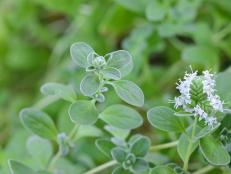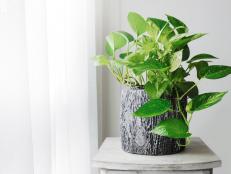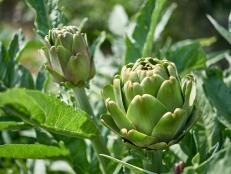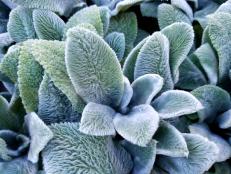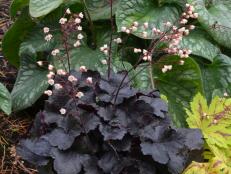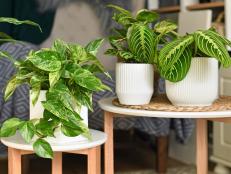Planting Australian Plants in Your Garden
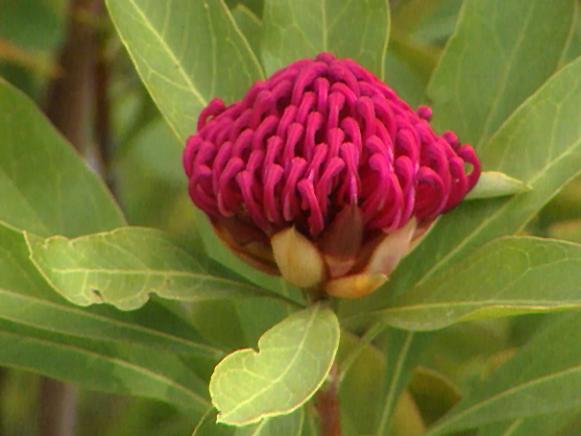
With climates ranging from rain forests to barren deserts, Australia is loaded with some of the world's most interesting botanical specimens - impressive when you consider that Australia is also one of the hottest, driest continents. In Santa Cruz, Calif., scientists are studying the potential Australian plants have in American gardens.
"The climate of California is a nice match for the Mediterranean conditions of Australia," says Melinda Johnson, who oversees the Australian plant collection for the arboretum at the University of California-Santa Cruz. "These plants grow great in areas without harsh winters or lack of snow. And where soils or climates aren't as conducive to growing them, many can be grown in containers."
In fact, the arboretum is working with Aussie growers to bring these beautiful plants to more American gardens. One thing they can't bring stateside are the same pollinators. That doesn't hinder nature though.
"The hummingbirds love a lot of the flowers here, like Grevillea and eucalyptus flowers. They're really drawn to that nectar and the bright colors. In Australia, it would be a different group of birds - the honeyeater - that come to the flowers."
A few Australian plants have some interesting ways of making sure their pollen is spread. With the trigger flower (Stylidium), a bee lands on the two bottom petals of the flower. The anthers are released and hit the bee on the head. The bee gets dusted with pollen and flies off to another flower, carrying the pollen with it.
Grevilleas are valued for their diversity of blooms, colors, textures and forms. "Grevilleas are part of the Protea family, named after the Greek god Protea because he could change into so many different forms." Check out this selection called 'Mason's Hybrid.'
The callistemon from Guyra, New South Wales, is called candy pink. When it's in bloom, it has brushy pink flowers, like the bottle-brush flowers on the callistemons growing along the California freeways.
Once it has finished flowering, it produces these unique seed pods.
The seed pod for Banksia ericifolia begins as a wildly captivating flower.
Propagating Banksia Seed
Banksia seeds begin in well-protected capsules, which need the right conditions to open. In Australia, those conditions are met by the advent of brushfires.
Johnson demonstrates how to propagate one safely in the U.S., using a cone from a banksia plant. "Since we don't have brushfires coming through the arboretum, we create our own brushfires."
Over a propane fire, Johnson roasts the seed head. The fibers around the seed provide the kindling to get the fire going. Once heated, the seed follicle begins to swell and open. It takes about five to 10 minutes for it to open wide enough to get the seeds out. Once it looks like it has opened enough, Johnson mimics the rain after the forest fire by dunking the heated seedpod in a bucket of water. Let it soak overnight. The next day, take a pair of tweezers and tug the seed out of its capsule. There's one more layer of protection, the seed separator. Pull that away and you have the seed itself. Plant the seed in potting media, and in about two years you'll have a plant ready for planting in the garden.
One more note about Aussie plants grown here in the States: They don't need heaps of fertilizer. That's because much of their native soil is sandy and not very high in nutrients in the first place.
Although Australian plants can't be grown in every garden in the U.S., at least you get the idea of the variety of plants this continent has to offer.






